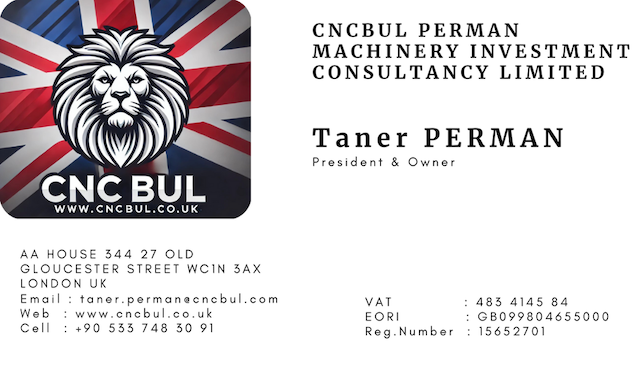What is Automatic Low-Level Case Palletizer?
An Automatic Low-Level Case Palletizer is a robotic or mechanical system designed to automatically stack and arrange cases, cartons, or boxes onto pallets at a low height, typically at floor or near-floor level. These machines are widely used in manufacturing and logistics operations to enhance efficiency, accuracy, and safety during the palletizing process. Here’s a technical explanation:
How It Works
- Infeed System:
- The cases or cartons are delivered to the palletizer via an automated conveyor system.
- Sensors detect the incoming cases and ensure proper orientation and spacing.
- Layer Formation:
- A layer-forming table or grid arranges the cases in a pre-defined pattern (layer) according to a programmed stacking sequence.
- The pattern is designed to maximize pallet stability and optimize the use of pallet space.
- Layer Transfer:
- A mechanical arm, pusher mechanism, or robotic gripper transfers the completed layer onto the pallet.
- This transfer is smooth to ensure the integrity of the stack.
- Pallet Stacking:
- The palletizer continuously adds layers to the pallet until the desired height or weight limit is reached.
- A layer sheet or slip sheet can be inserted between layers if required for additional stability.
- Pallet Removal:
- Once the pallet is fully stacked, it is automatically discharged to a designated area using rollers or conveyors.
- A new empty pallet is automatically loaded into the system to begin the next cycle.
Key Technical Features
- Low-Level Design:
- The low-level configuration means the cases are stacked at or near ground level, making it easier to integrate into existing production lines.
- Control System:
- Equipped with a PLC (Programmable Logic Controller) or advanced HMI (Human-Machine Interface) for precise control and programming.
- Operators can adjust stacking patterns, speeds, and layer configurations.
- Sensors and Automation:
- Uses sensors (e.g., proximity sensors, vision systems) to detect case positions and ensure accurate alignment.
- Real-time monitoring ensures efficient operation and minimizes errors.
- Speed and Throughput:
- Depending on the model, these systems can handle anywhere from a few cases per minute to over 100 cases per minute.
- Speed can often be adjusted based on production requirements.
- Versatility:
- Capable of handling a wide range of case sizes, weights, and materials.
- Some models support multiple pallet sizes and allow quick changeovers.
- Safety Features:
- Includes safety enclosures, light curtains, and emergency stop functions to protect operators.
Advantages
- Increased Efficiency:
- Automates the time-consuming and labor-intensive task of manual palletizing.
- Consistency:
- Ensures uniform and stable stacking, reducing the risk of pallet collapse during transport or storage.
- Scalability:
- Can be configured to handle varying production rates and case sizes.
- Cost Savings:
- Reduces labor costs and minimizes workplace injuries related to manual palletizing.
Applications
- Food and Beverage Industry: Palletizing cases of packaged goods like bottles, cans, or boxes.
- Pharmaceuticals: Organizing and palletizing cartons of medical products.
- Consumer Goods: Efficiently handling boxed goods in high-volume production environments.
- Logistics and Warehousing: Streamlining the palletizing process for shipping and storage.
In summary, an Automatic Low-Level Case Palletizer is a highly efficient machine designed for stacking cases at low levels with precision and consistency, making it an indispensable tool in modern industrial and logistics operations.


